24 Delicious Low-Sodium Foods That Make Healthy Eating Easy
In the quest for healthier eating, there’s one sneaky ingredient that continues to sabotage our efforts—excess sodium. While sodium is necessary for nerve function, muscle contractions, and fluid balance, too much of it can wreak havoc on our health. High sodium intake is linked to elevated blood pressure, heart strain, strokes, and kidney disease, making it a silent but serious threat. What’s even more alarming? Most of the sodium we consume isn’t coming from our salt shakers—it’s hidden in everyday foods like processed snacks, canned goods, condiments, and even so-called "healthy" restaurant meals. But cutting back on sodium doesn’t mean settling for bland, tasteless food. Some of the most flavorful and nutrient-dense foods are naturally low in sodium, allowing you to enjoy delicious meals without the health risks. We’ve expanded our list to 24 incredible low-sodium foods that will not only support heart health but also keep your taste buds happy. From fresh, vibrant vegetables to protein-packed superfoods, these options prove that reducing sodium doesn’t mean sacrificing flavor. Get ready to discover new favorites that will keep your meals exciting, satisfying, and better for your long-term well-being!
1. Avocados: Creamy, Satisfying, and Heart-Healthy
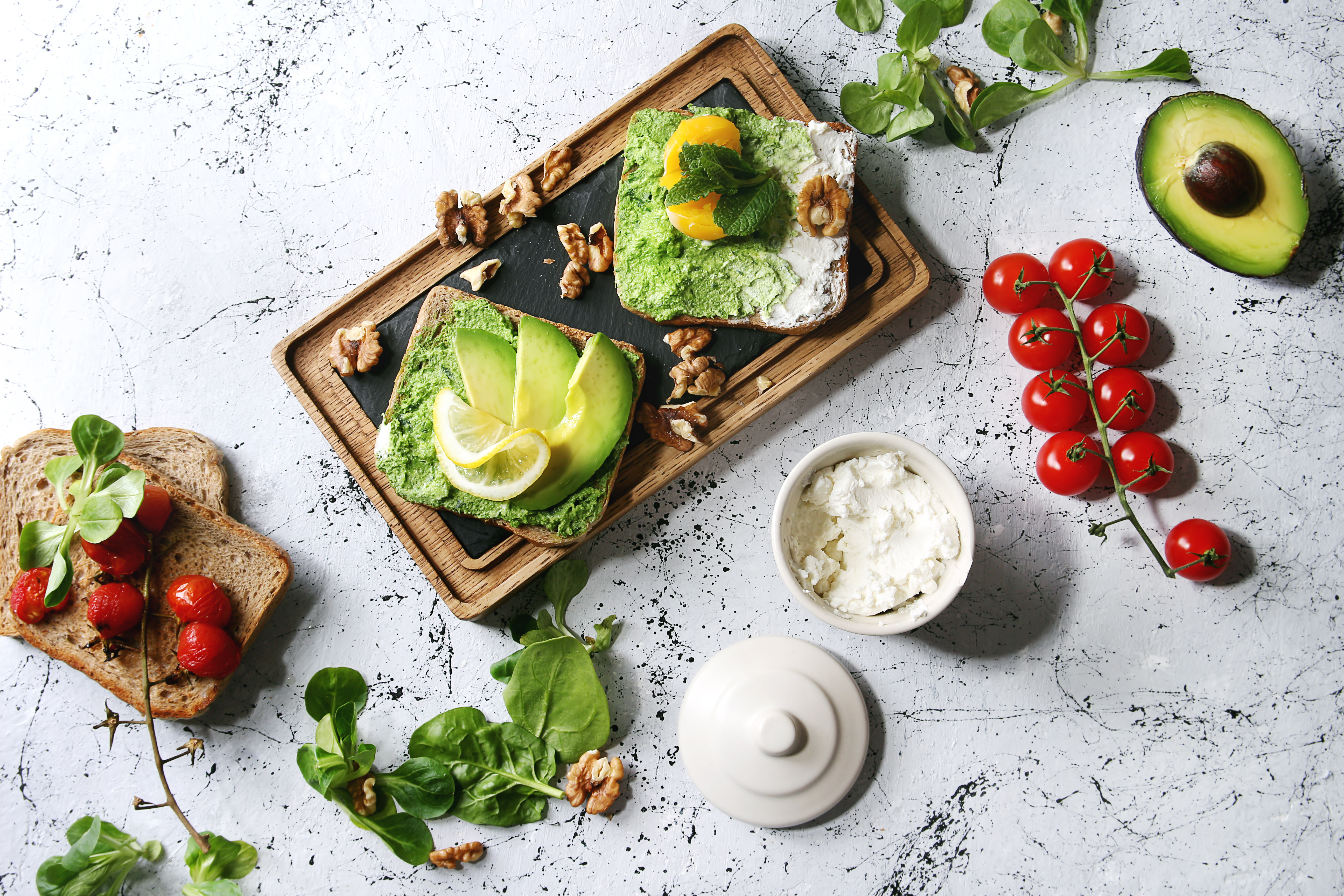
Avocados are a nutrient-packed superfood that offers rich, creamy texture, healthy fats, and almost no sodium. Unlike many processed foods, avocados provide a natural, heart-friendly alternative to high-sodium spreads and dressings. They are a powerhouse of monounsaturated fats, which help lower bad cholesterol levels (LDL) while increasing good cholesterol (HDL), promoting heart health and reducing the risk of cardiovascular disease. One of the biggest benefits of avocados is their high potassium content—a mineral that helps balance electrolytes, regulate blood pressure, and counteract the effects of sodium in the body. They’re also loaded with fiber, antioxidants, and essential vitamins like B6, C, and E, making them a well-rounded addition to any diet. Avocados are incredibly versatile—mash them on whole-grain toast, slice them into salads, blend them into smoothies, or use them as a creamy base for dips and salad dressings. For a flavorful twist, mix avocado with fresh lime juice, garlic, or chili flakes to enhance its natural taste without needing added salt.
2. Unsalted Nuts and Seeds: Crunchy, Satisfying, and Full of Nutrients
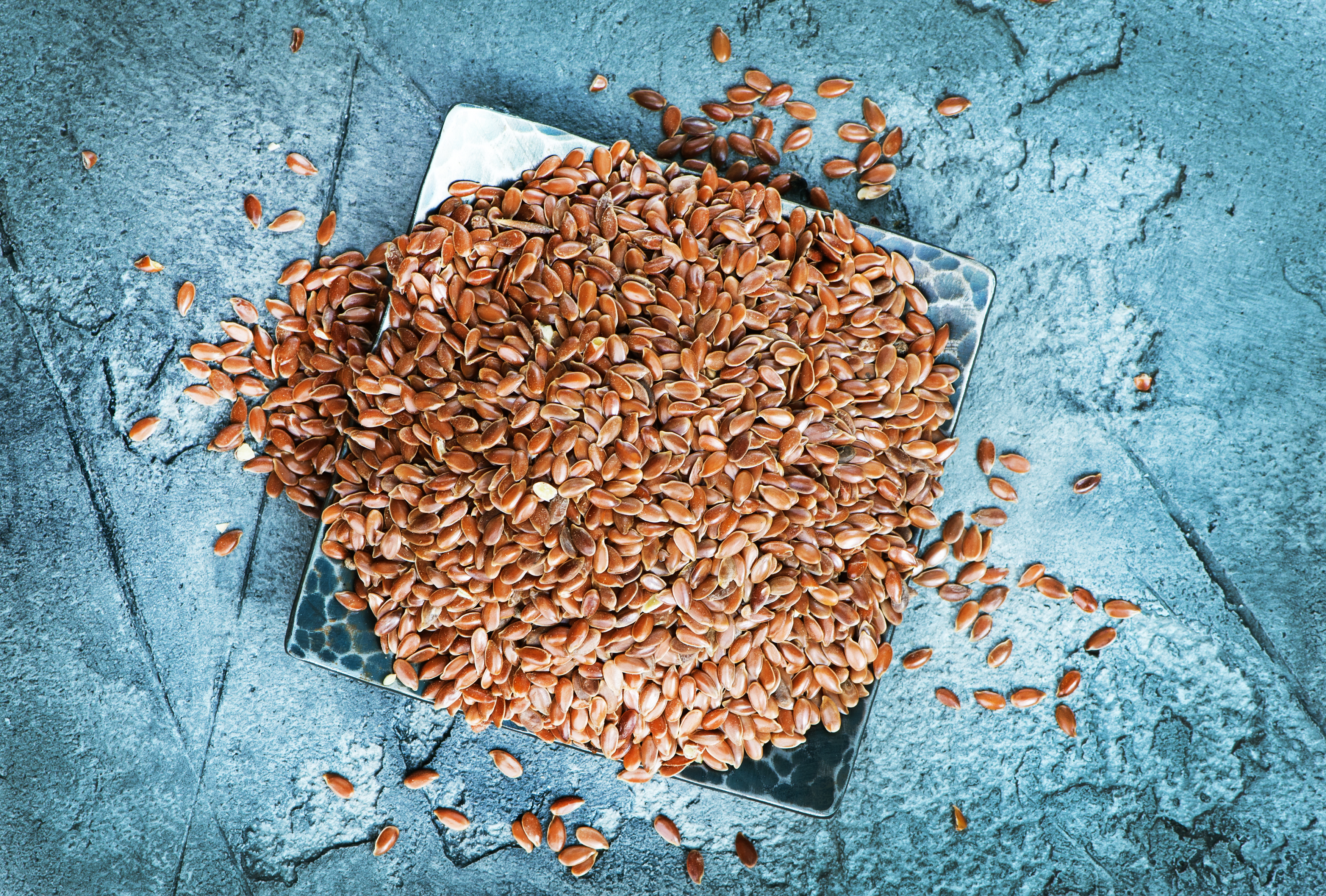
Most commercially packaged nuts are coated with excessive salt, but unsalted versions provide all the nutrition without the added sodium. Nuts like almonds, walnuts, cashews, and pistachios are packed with heart-healthy monounsaturated fats, fiber, and plant-based protein, making them a fantastic snack for sustained energy and satiety. Seeds such as flaxseeds, chia seeds, and pumpkin seeds offer an added benefit—they are rich in omega-3 fatty acids, which reduce inflammation, support brain function, and enhance heart health. These small but mighty seeds are also loaded with fiber, which promotes gut health and regulates digestion. For a low-sodium boost, add unsalted nuts and seeds to yogurt, oatmeal, or salads for an extra crunch. You can also mix them into smoothies or homemade granola. When craving a savory snack, roast nuts with a drizzle of olive oil, cinnamon, or smoked paprika for a naturally flavorful and nutrient-dense option without excess salt.
3. Berries: Naturally Sweet and Antioxidant-Rich
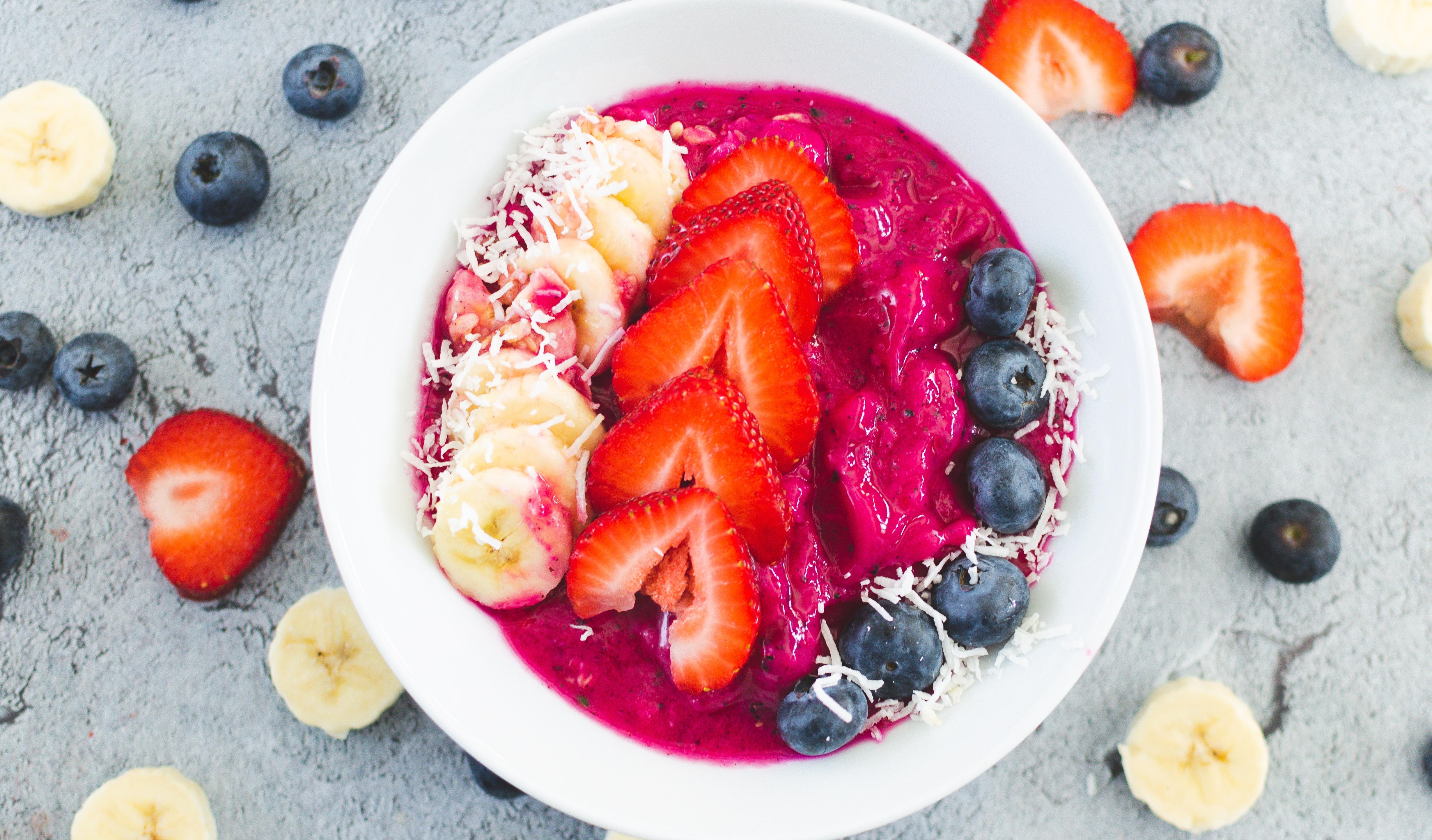
Berries are one of nature’s most delicious low-sodium foods, offering a natural sweetness that satisfies cravings while providing a powerful nutritional punch. Blueberries, strawberries, raspberries, and blackberries are all rich in vitamins, fiber, and antioxidants, helping to combat inflammation, support brain health, and reduce the risk of heart disease. The polyphenols and anthocyanins found in berries have been shown to support healthy blood vessels, improve circulation, and aid in weight management. Since processed sweets and snacks are often high in sodium, berries make a perfect low-sodium alternative for desserts and snacks. Enjoy berries fresh, blended into smoothies, mixed into oatmeal, tossed into salads, or paired with unsweetened Greek yogurt. They can also be frozen for long-term storage and used in homemade fruit sorbets or mixed into baked goods for a naturally sweet, nutrient-packed treat.
4. Quinoa: A Protein-Packed, Low-Sodium Grain

Unlike refined grains, which often contain hidden sodium and lack essential nutrients, quinoa is a naturally low-sodium, protein-rich grain that provides a wealth of fiber, iron, magnesium, and plant-based protein. This gluten-free superfood is a fantastic alternative to white rice, processed grains, or sodium-laden packaged side dishes. One of quinoa’s greatest strengths is its balanced macronutrient profile, containing all nine essential amino acids, making it a complete protein source—especially beneficial for vegetarians and vegans. It also has a low glycemic index, meaning it keeps blood sugar levels steady and provides long-lasting energy. Quinoa is extremely versatile—use it as a base for salads, grain bowls, soups, or as a side dish. Since quinoa absorbs flavors well, cook it with herbs, garlic, lemon zest, or a drizzle of olive oil to enhance taste without relying on salt. Try mixing it with roasted vegetables, nuts, or lean proteins for a delicious, nutrient-packed meal.
5. Eggs: A Nutrient-Dense Protein with Minimal Sodium

Eggs are one of the most affordable and nutrient-dense sources of high-quality protein, and they naturally contain very little sodium. Each egg is packed with essential vitamins and minerals, including choline, vitamin D, and B vitamins, which support brain function, metabolism, and energy production. Eggs are also an excellent source of healthy fats, which help support cell function and aid in nutrient absorption. Unlike many processed breakfast items that are loaded with sodium, eggs offer a satisfying, protein-rich meal with very minimal salt content. There are countless ways to prepare eggs without adding unnecessary sodium. Enjoy them boiled, scrambled, poached, or as an omelet with fresh herbs, vegetables, and spices. Instead of salt, enhance their flavor with black pepper, turmeric, smoked paprika, or nutritional yeast. Pairing eggs with avocado, whole-grain toast, or sautéed greens creates a well-balanced, low-sodium meal packed with nutrients.
6. Sweet Potatoes: A Naturally Sweet, Low-Sodium Carb
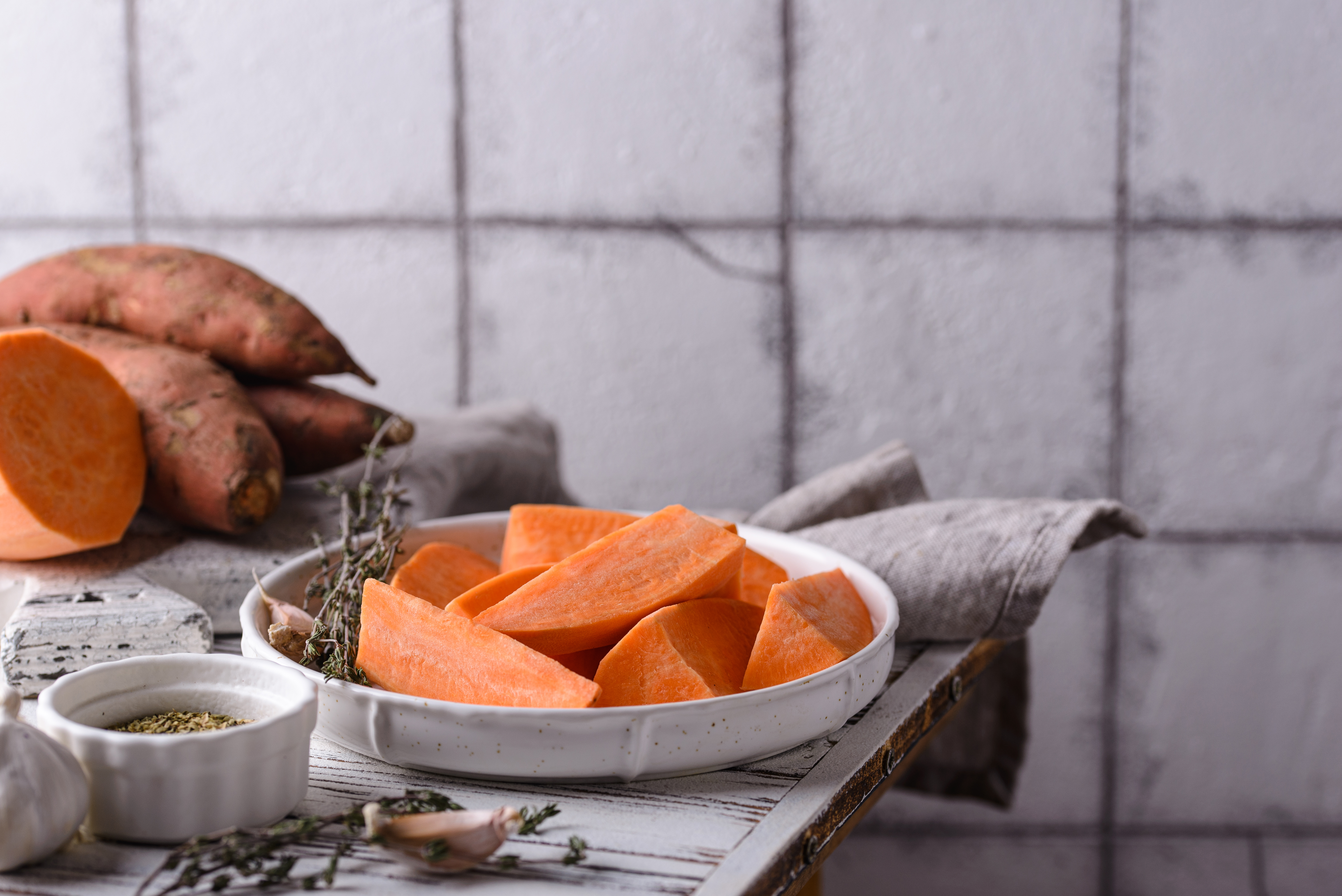
Sweet potatoes are a nutrient powerhouse and one of the best low-sodium carb choices for a balanced diet. Unlike processed carbohydrates that often contain hidden sodium, sweet potatoes are naturally sodium-free, making them an ideal choice for maintaining heart health and reducing blood pressure. They are packed with fiber, which supports healthy digestion, stabilizes blood sugar levels, and keeps you feeling full longer. This makes them a fantastic food for sustained energy without the spikes and crashes associated with refined carbs. Their high potassium content also helps counteract sodium's effects on blood pressure, promoting better cardiovascular health. Additionally, sweet potatoes are one of the richest sources of beta-carotene, an antioxidant that the body converts into vitamin A, essential for immune function, vision, and skin health. Their natural sweetness makes them a versatile ingredient that enhances meals without the need for added sugar or salt. Enjoy sweet potatoes roasted with olive oil and cinnamon for a caramelized, slightly sweet flavor, mashed into a creamy side dish, or cubed into grain bowls and salads. They also work well in soups, stews, and baked goods, making them an all-around nutritious addition to any meal.
7. Leafy Greens: The Ultimate Low-Sodium Superfoods
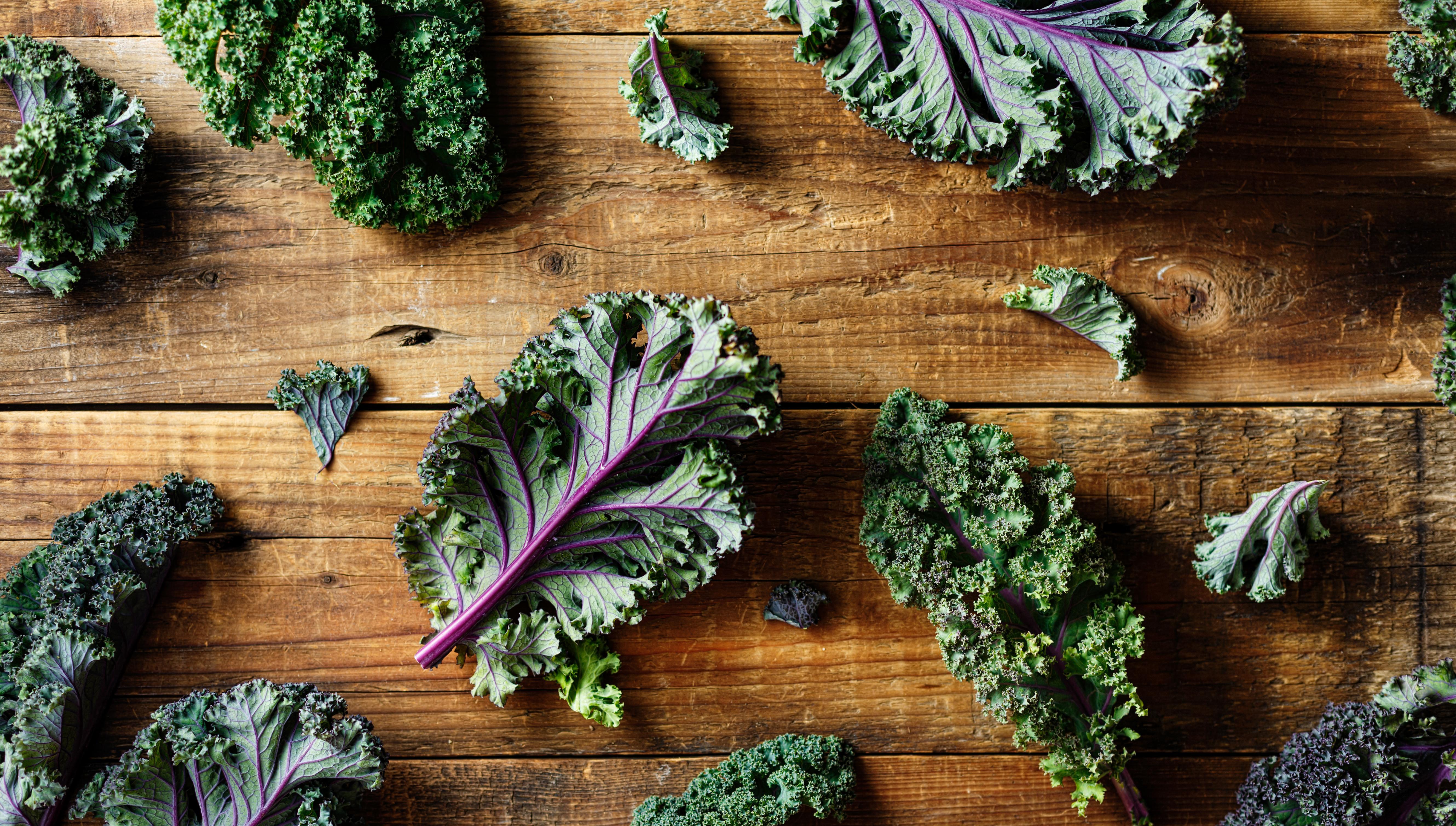
Leafy greens such as spinach, kale, Swiss chard, and arugula are among the most nutrient-dense, naturally low-sodium foods available. They are loaded with fiber, vitamins, and antioxidants, which contribute to improved digestion, better gut health, and reduced inflammation. One of the standout nutrients in leafy greens is vitamin K, which is crucial for blood clotting and bone health. They’re also excellent sources of iron, helping to support red blood cell production and prevent fatigue. Additionally, leafy greens contain chlorophyll, a compound that detoxifies the body and supports liver function. Leafy greens are extremely versatile and easy to incorporate into meals. Use them raw in salads, blended into smoothies for an extra nutrient boost, sautéed with garlic and olive oil for a flavorful side dish, or added to soups and stir-fries for a nutrient-dense meal. Their ability to absorb flavors means they pair well with a variety of herbs, spices, and citrus-based dressings, ensuring they remain delicious without needing added salt. For a low-sodium meal bursting with flavor, try making a massaged kale salad with lemon juice and tahini, blending spinach into a green smoothie, or using Swiss chard as a wrap substitute for sandwiches and tacos.
8. Tofu: A Versatile, Low-Sodium Plant Protein

Tofu is a high-protein, plant-based staple that is naturally low in sodium and highly adaptable, making it a fantastic alternative to animal proteins that are often higher in sodium. Because it’s made from soybeans, tofu provides a complete source of protein, containing all nine essential amino acids that the body needs. One of the biggest advantages of tofu is its ability to absorb flavors, allowing it to be seasoned with herbs, spices, and marinades without relying on sodium-based seasonings. When cooked properly, tofu can be crispy, creamy, or firm, making it an excellent base for stir-fries, curries, grilled dishes, and scrambles. In addition to being a great source of protein, tofu is rich in calcium, magnesium, and iron, which support bone health, muscle function, and oxygen transport throughout the body. It also contains isoflavones, plant compounds that may help reduce inflammation and support heart health. To make tofu flavorful without added salt, try marinating it in citrus juices, fresh herbs, and garlic, then baking or pan-searing it for a crispy texture. Use it in grain bowls, tacos, soups, or stir-fries for a satisfying, low-sodium meal that is packed with protein and nutrients.
9. Mushrooms: A Savory, Low-Sodium Meat Substitute
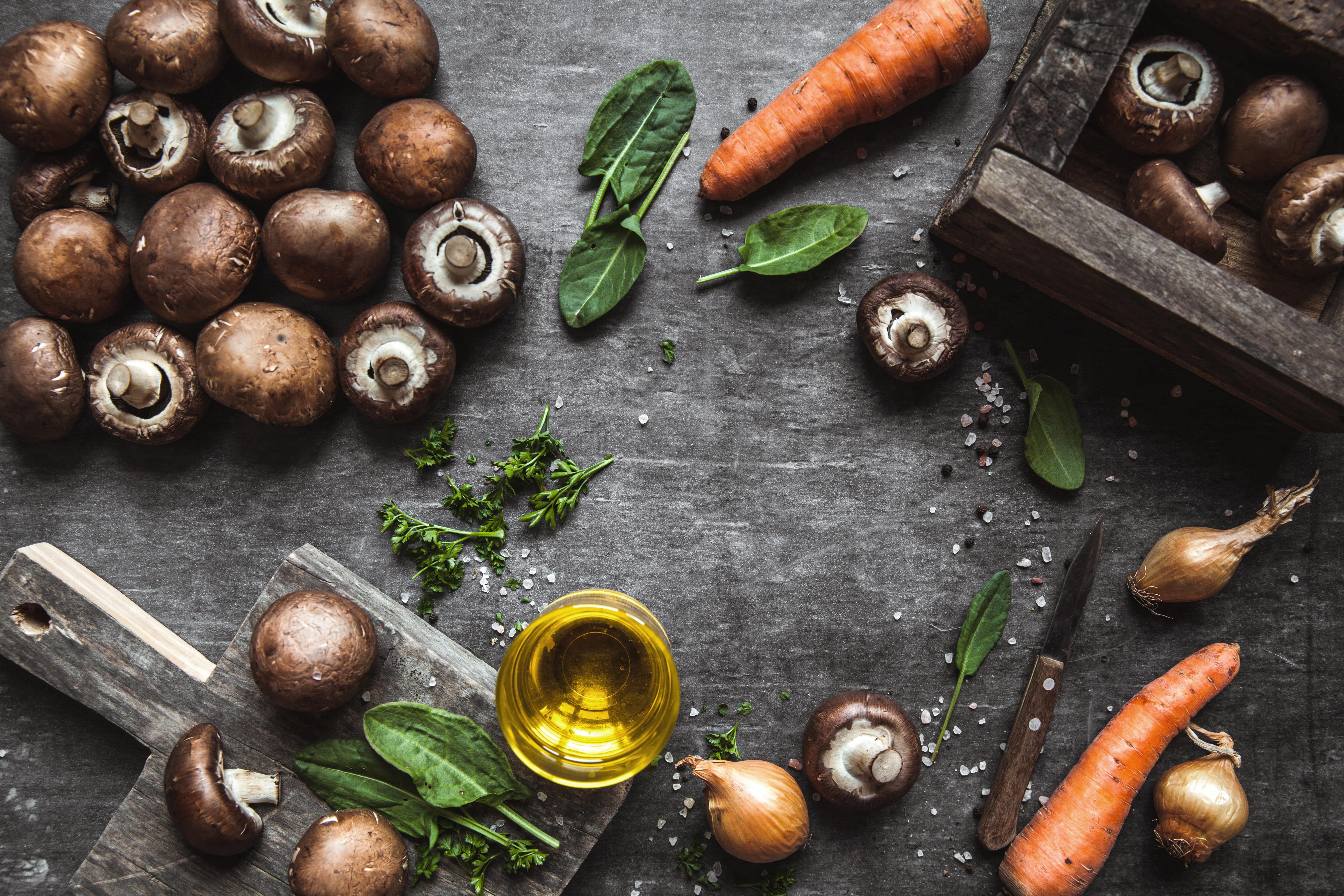
Mushrooms are one of the best low-sodium alternatives to meat, thanks to their rich, umami flavor and meaty texture. They’re naturally low in calories and sodium, making them an excellent addition to a heart-healthy diet. Mushrooms are a fantastic source of antioxidants, fiber, and essential vitamins like B6 and riboflavin, which support brain function, metabolism, and immune health. They also contain beta-glucans, compounds known for their ability to boost the immune system and support gut health. One of the key benefits of mushrooms is their ability to enhance savory flavors without the need for excess salt. They can be sautéed, roasted, grilled, or blended into soups and sauces to add depth and richness to dishes. Try using mushrooms as a base for burgers, tacos, or pasta sauces to create a flavorful, plant-based alternative to meat. For a satisfying low-sodium dish, sauté mushrooms with garlic, onions, thyme, and balsamic vinegar to enhance their natural taste. Grilled portobello mushrooms make a great substitute for burger patties, while roasted cremini mushrooms add a hearty texture to grain bowls and salads. Mushrooms are a culinary powerhouse, offering a savory, satisfying, and low-sodium option for anyone looking to reduce salt without sacrificing flavor.
10. Beets: Naturally Sweet and Full of Nutrients

Beets are a nutrient-dense, low-sodium superfood that adds natural sweetness, vibrant color, and essential vitamins to your diet. They are an excellent source of fiber, which aids digestion and helps maintain gut health by promoting beneficial bacteria growth. Beets are also loaded with folate (vitamin B9), which supports cell growth and brain function, making them a powerhouse of essential nutrients. One of the biggest benefits of beets is their high nitrate content, which has been shown to lower blood pressure, improve circulation, and enhance athletic performance. These natural compounds help relax blood vessels and improve oxygen flow, making beets an excellent food for heart health. Beets can be enjoyed in a variety of ways—roasted for a caramelized, earthy flavor, blended into soups for a silky texture, shredded raw into salads for a refreshing crunch, or even juiced for a natural energy boost. Their versatility makes them an easy and delicious addition to any low-sodium diet.
11. Fresh Fish: A Heart-Healthy, Low-Sodium Protein

Fresh fish is one of the best protein sources for a low-sodium, heart-healthy diet. Unlike processed or smoked fish, which can be loaded with added sodium, fresh fish like salmon, trout, and mackerel are naturally low in sodium and packed with high-quality protein, omega-3 fatty acids, and essential vitamins. Omega-3s are essential fats that help reduce inflammation, support brain function, and promote cardiovascular health. These healthy fats have been shown to lower triglycerides, improve cholesterol levels, and reduce the risk of heart disease. Eating fresh fish regularly also provides vitamin D, B vitamins, and selenium, all of which play a crucial role in immune function, bone health, and energy production. To keep your fish low in sodium and high in flavor, bake, grill, or pan-sear it using lemon juice, garlic, fresh herbs, or spices like paprika and cumin. Avoid heavily processed sauces and marinades, which often contain hidden sodium. Pairing fish with vegetables and whole grains makes for a balanced, satisfying, and heart-friendly meal.
12. Unsalted Popcorn: A Guilt-Free, Low-Sodium Snack
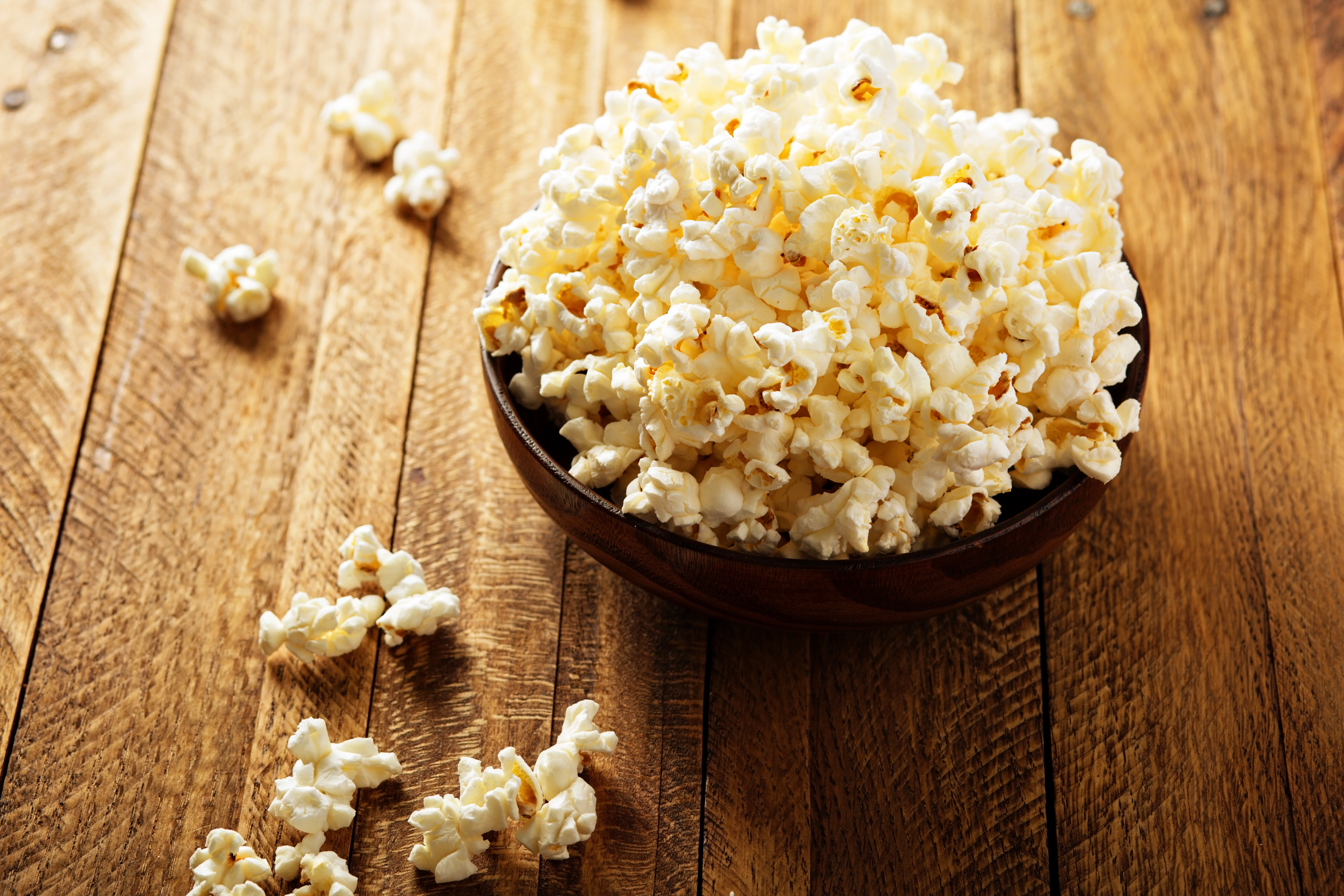
Popcorn is a surprisingly healthy whole grain snack that is naturally low in sodium and high in fiber, making it a perfect choice for those looking to cut back on salt while still enjoying a satisfying crunch. Most store-bought popcorn is loaded with sodium, unhealthy fats, and artificial flavorings, but air-popped popcorn without added salt or butter provides a wholesome, low-calorie alternative that still feels like an indulgence. Popcorn is also an excellent source of antioxidants called polyphenols, which help fight inflammation and support heart health. The high fiber content keeps you full longer, supports digestion, and helps maintain stable blood sugar levels. To enhance the flavor without sodium, try seasoning popcorn with cinnamon for a touch of natural sweetness, nutritional yeast for a cheesy umami flavor, smoked paprika for a smoky depth, or even a drizzle of olive oil and black pepper. These seasonings add bold flavors and health benefits without unnecessary sodium, making popcorn a nutritious and delicious snack option.
13. Greek Yogurt: Creamy, Satisfying, and Naturally Low in Sodium

Greek yogurt is an exceptional low-sodium dairy choice, offering a rich source of protein, probiotics, and calcium to support digestion and bone health. Unlike many processed dairy products that are packed with added sodium, plain Greek yogurt keeps sodium levels low while delivering essential nutrients. One of the key benefits of Greek yogurt is its high protein content, which helps keep you full, supports muscle repair, and balances blood sugar levels. Additionally, its live probiotic cultures support gut health by promoting beneficial bacteria, improving digestion, and enhancing immune function. Enjoy Greek yogurt in a variety of ways—as a high-protein breakfast with fresh berries and nuts, blended into smoothies for a creamy texture, used as a substitute for sour cream in savory dishes, or as a base for healthy salad dressings and dips. Choosing unsweetened, full-fat Greek yogurt ensures you get maximum health benefits without unnecessary additives or sodium.
14. Lentils: A Filling, Low-Sodium Plant Protein

Lentils are one of the best plant-based protein sources, naturally low in sodium and packed with fiber, iron, and essential nutrients. Unlike canned beans, which often contain added salt, dry lentils allow for better control over sodium intake while providing a hearty, satisfying meal option. Lentils are rich in plant-based protein, making them an excellent meat substitute for those following a vegetarian, vegan, or heart-healthy diet. They are also a great source of folate, magnesium, and potassium, which help regulate blood pressure, support heart function, and reduce inflammation. Cooking lentils is quick and easy, and they absorb flavors well. Use them in hearty soups, stews, curries, salads, or even homemade veggie burgers. Pairing lentils with herbs and spices like cumin, coriander, garlic, and turmeric enhances their flavor without the need for extra salt. By incorporating lentils into your diet, you increase your fiber intake, support digestive health, and enjoy a protein-packed meal with minimal sodium.
15. Radishes: Crisp, Peppery, and Low-Sodium Superstars
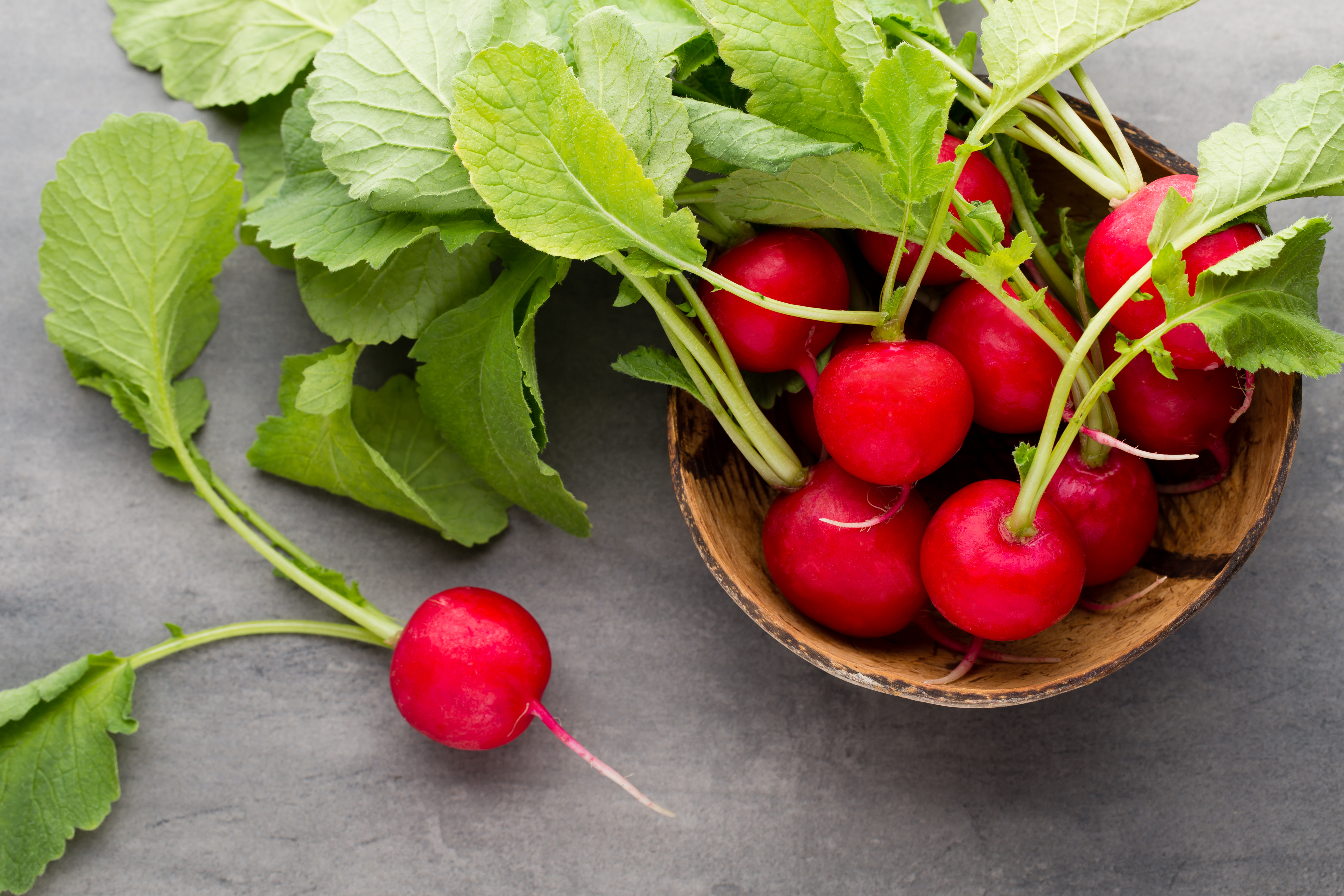
Radishes may be small, but they pack a serious punch of nutrients with virtually no sodium. These crunchy, peppery root vegetables are loaded with vitamin C, fiber, and antioxidants that support immune function, digestion, and heart health. Their high water content helps with hydration, while their natural spiciness adds bold flavor to dishes without the need for added salt. Radishes can be enjoyed raw in salads, thinly sliced in sandwiches, pickled for extra tang, or roasted to mellow their bite and enhance their sweetness.
16. Cauliflower: The Versatile, Low-Sodium Powerhouse
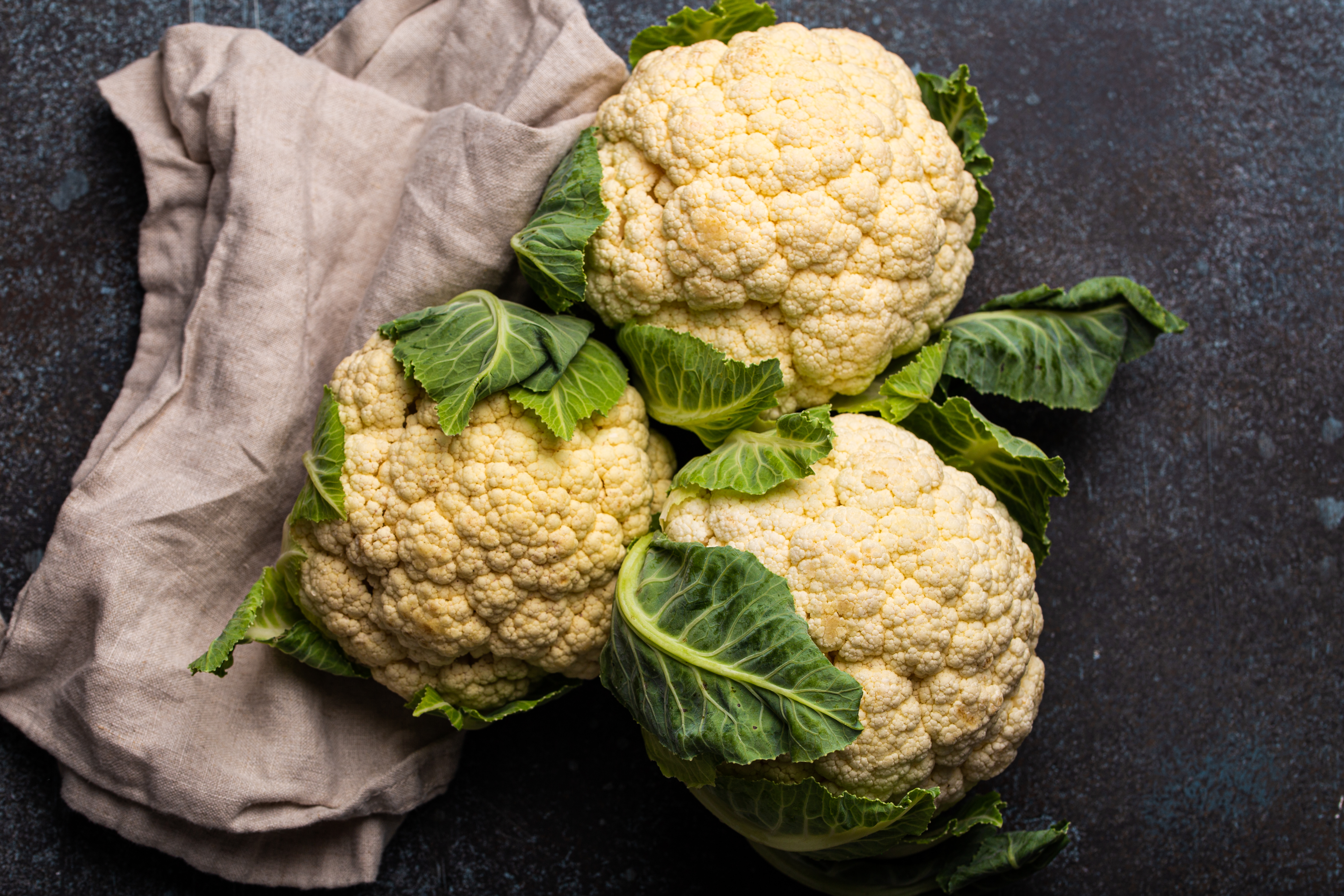
Cauliflower is a low-calorie, low-sodium cruciferous vegetable that can be transformed into countless healthy meals. It’s rich in fiber, vitamin C, and powerful plant compounds that help fight inflammation and support heart health. Because of its mild flavor, cauliflower is a perfect blank canvas for spices and seasonings that don’t require added salt. Roast it with turmeric, garlic, and olive oil, mash it as a healthy alternative to potatoes, or blend it into a creamy, dairy-free soup for a nutrient-packed meal.
17. Oranges: Sweet, Juicy, and Sodium-Free
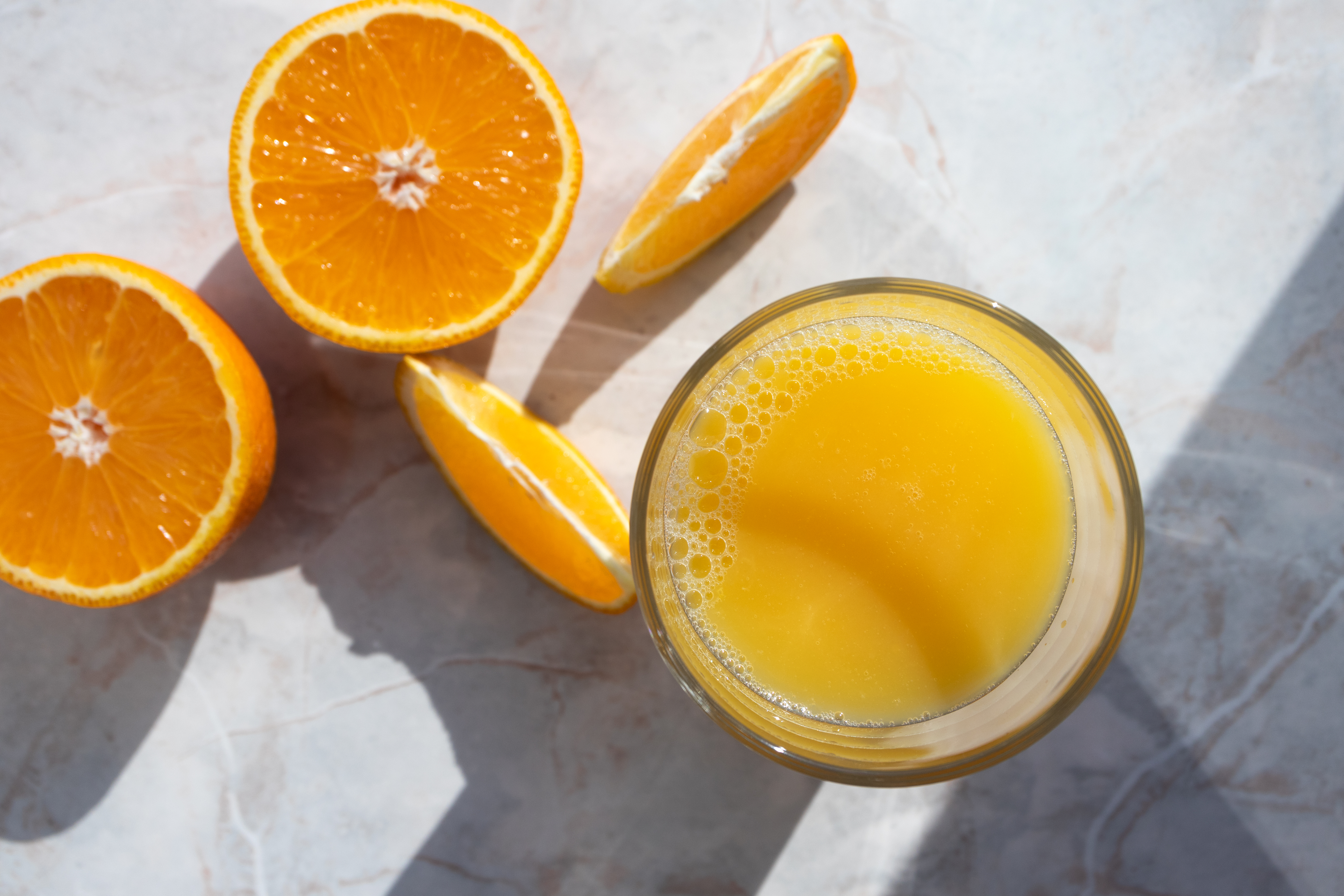
Oranges aren’t just an iconic source of vitamin C—they’re also completely free of sodium, making them a heart-healthy snack or meal addition. The citrus fruit is loaded with antioxidants and potassium, which helps counteract the effects of sodium and supports blood pressure regulation. Fresh oranges add natural sweetness to salads, smoothies, and yogurt bowls, while their juice can be used in marinades, dressings, or even homemade sodium-free sauces for a burst of flavor.
18. Zucchini: Mild, Hydrating, and Sodium-Conscious

Zucchini is a naturally low-sodium vegetable that’s also hydrating, thanks to its high water content. This mild, slightly sweet squash is rich in vitamins A and C, fiber, and antioxidants that support heart and gut health. It’s incredibly versatile—you can slice it into stir-fries, spiralize it into noodles for a low-sodium pasta swap, or bake it into muffins and breads. Roasting zucchini with lemon juice, garlic, and black pepper adds depth of flavor without the need for salt.
19. Apples: A Classic, Naturally Low-Sodium Snack
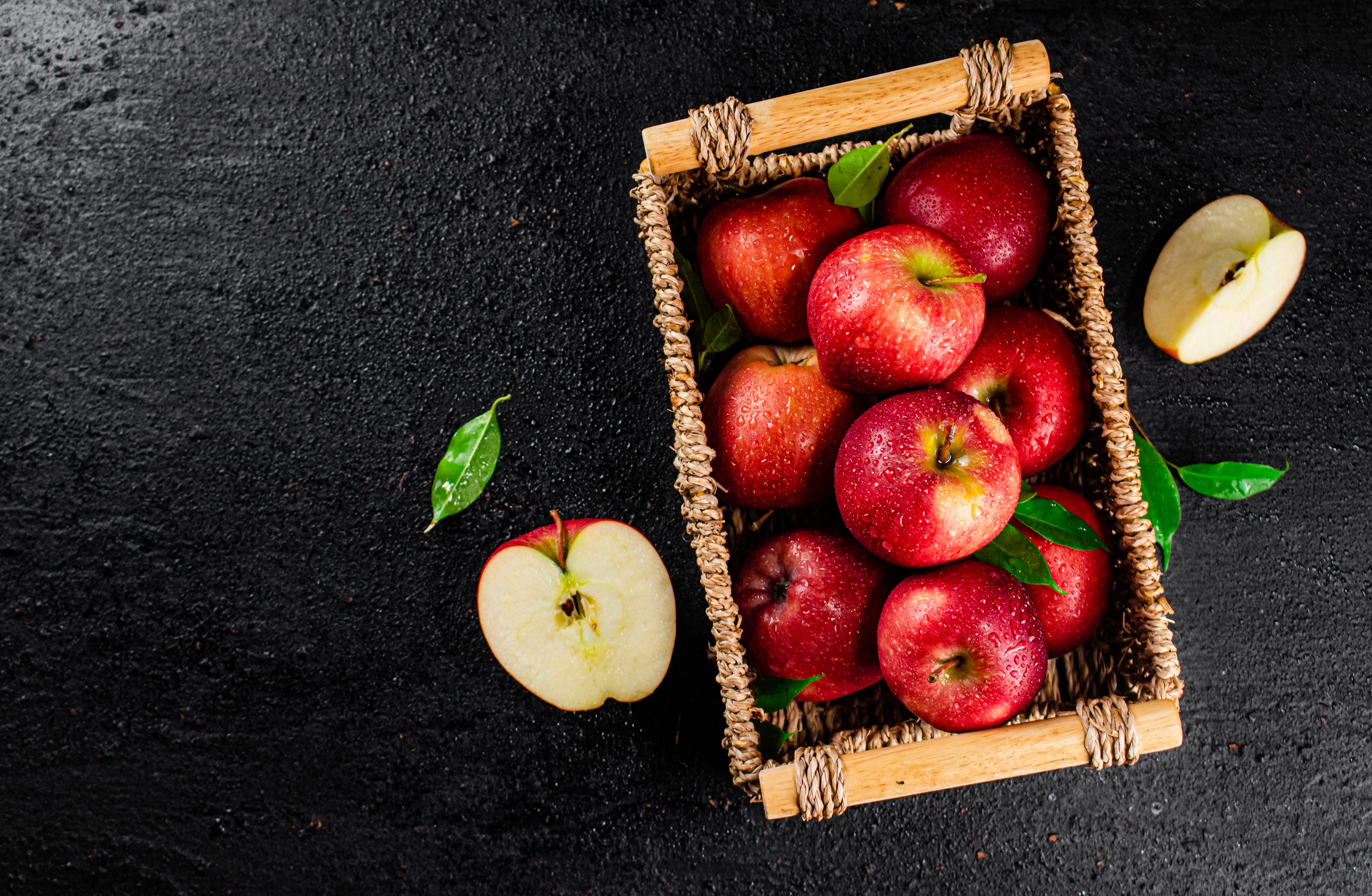
Apples are completely sodium-free and packed with fiber, making them a satisfying, heart-healthy snack. Their natural sweetness can curb sugar cravings, while their high antioxidant content helps fight inflammation and support overall well-being. Eat apples fresh, slice them into salads, bake them for a warm treat, or blend them into smoothies. Pairing apples with unsalted nut butter provides a balanced snack that offers protein, healthy fats, and fiber—all without excess sodium.
20. Peas: A Sweet and Nutritious Low-Sodium Option
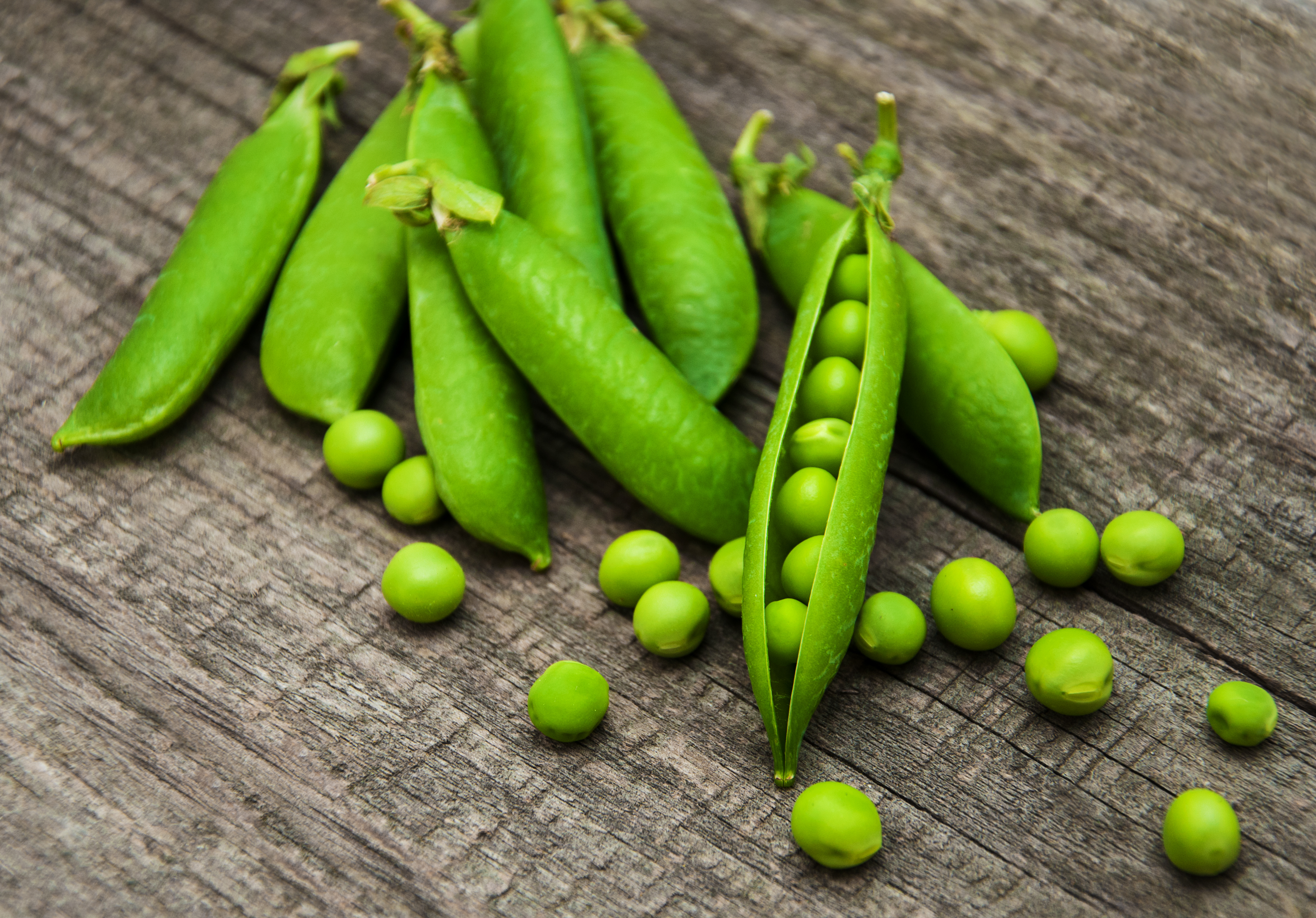
Green peas are naturally low in sodium and full of plant-based protein, fiber, and vitamins. Unlike canned peas, which may contain added salt, fresh or frozen peas are a great option for a heart-healthy diet. Their slightly sweet taste makes them a versatile addition to salads, stir-fries, and grain bowls. Try blending peas into a low-sodium pesto, adding them to soups, or simply steaming them with a squeeze of lemon and fresh herbs.
21. Pumpkin: A Nutrient-Dense, Low-Sodium Superfood

Pumpkin isn’t just for the fall season—it’s a low-sodium nutritional powerhouse that’s packed with fiber, beta-carotene (which the body converts to vitamin A), and potassium. This combination supports immune function, eye health, and blood pressure regulation. Canned pumpkin (unsalted and unsweetened) can be used in oatmeal, soups, smoothies, or homemade baked goods. Fresh pumpkin can be roasted, blended into hummus, or pureed for a naturally sweet and creamy texture.
22. Bell Peppers: Crunchy, Flavorful, and Sodium-Free
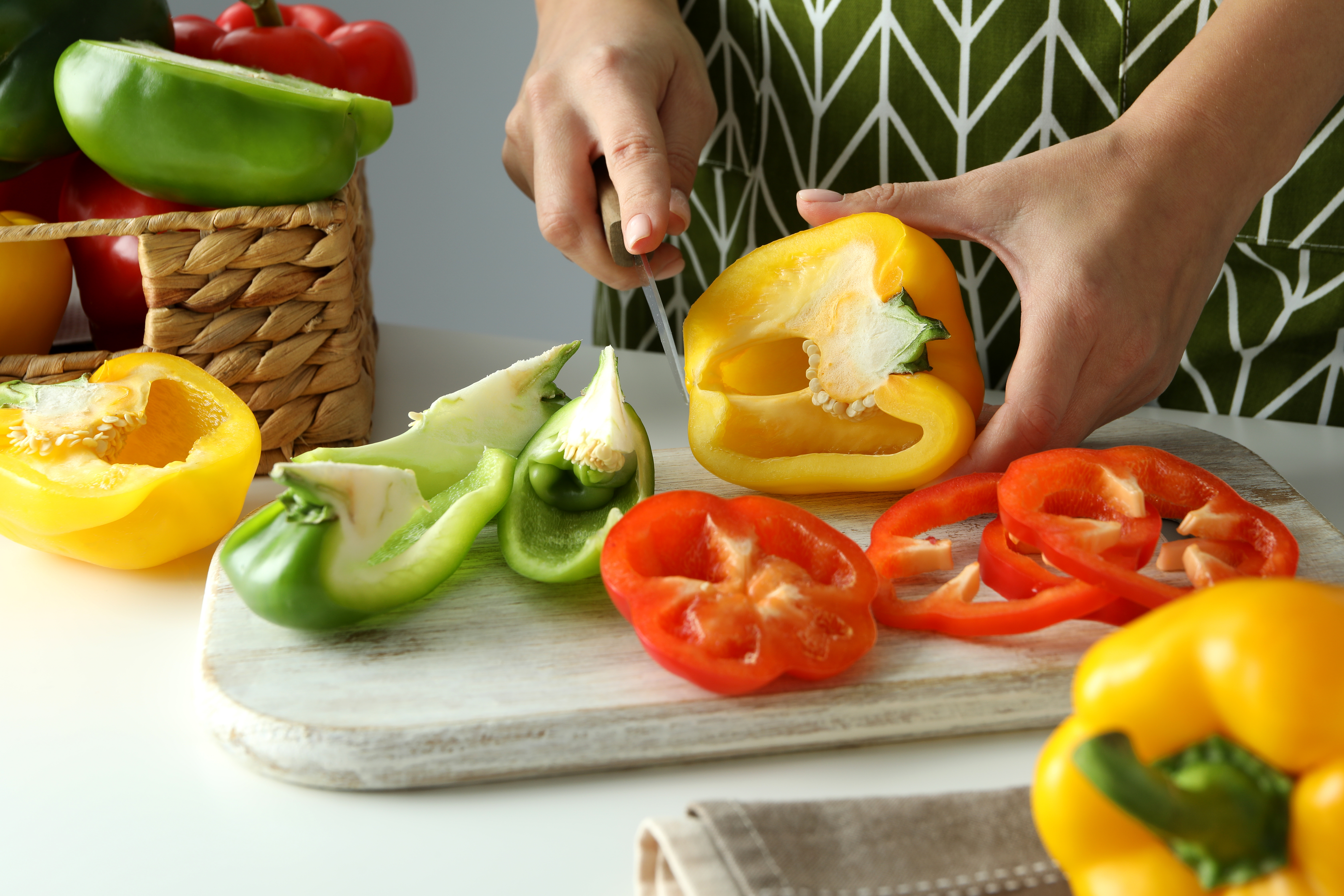
Bell peppers are a vibrant, crunchy vegetable that adds bold flavor and color without any sodium. They’re rich in vitamin C, fiber, and antioxidants that help fight inflammation and boost heart health. Their natural sweetness enhances both raw and cooked dishes, making them a perfect addition to salads, stir-fries, omelets, or sandwiches. Try roasting them for a smoky depth or stuffing them with quinoa and vegetables for a nutrient-dense, low-sodium meal.
23. Cabbage: A Budget-Friendly, Low-Sodium Superfood

Cabbage is one of the most affordable and nutrient-dense low-sodium foods available. It’s packed with fiber, vitamin K, and antioxidants that support digestion and reduce inflammation. This versatile veggie can be shredded into coleslaw, sautéed with garlic and olive oil, or fermented into homemade sauerkraut (with little to no salt) for gut-friendly probiotics. Cabbage also works well in soups and stir-fries, adding bulk and nutrients without excess sodium.
24. Chia Seeds: Tiny, Nutrient-Packed, and Sodium-Free

Chia seeds may be small, but they’re a nutritional powerhouse with zero sodium. These tiny seeds are rich in omega-3 fatty acids, fiber, and protein, making them an excellent addition to a low-sodium diet. They help with digestion, heart health, and hydration, as they absorb liquid to form a gel-like consistency. Mix chia seeds into smoothies, yogurt, or oatmeal, or create a no-sodium chia pudding by soaking them in almond milk with cinnamon and vanilla.
Low-Sodium Eating Can Be Delicious and Easy
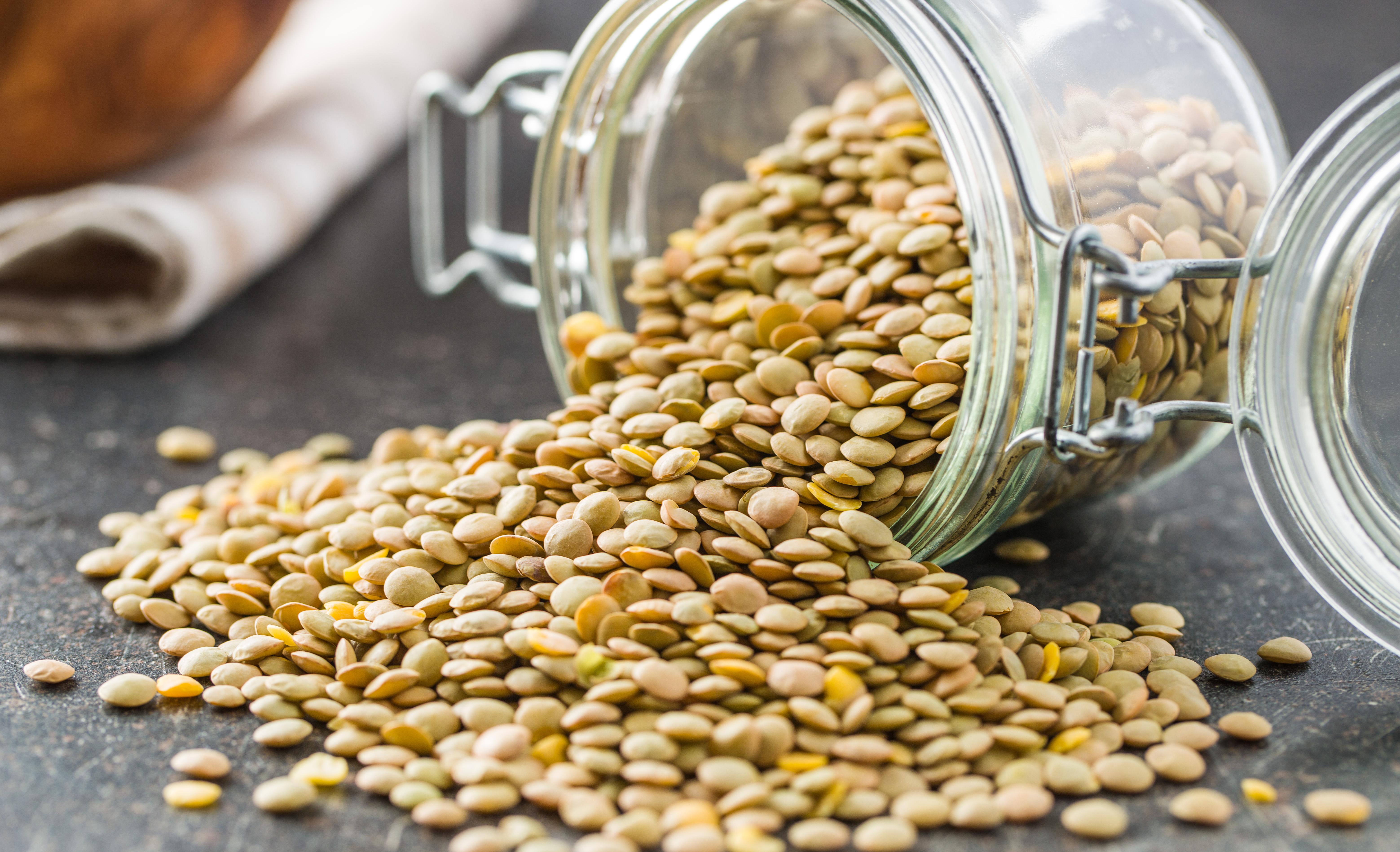
Switching to a low-sodium diet doesn’t have to mean bland, boring meals. By focusing on naturally flavorful, nutrient-dense foods, you can enjoy delicious, satisfying dishes without relying on excess salt. Incorporate avocados, berries, quinoa, eggs, mushrooms, fresh fish, and leafy greens into your meals for a diet that’s full of flavor and heart-healthy benefits. Get creative with herbs, spices, and citrus juices to bring out natural tastes without reaching for the salt shaker. Eating low-sodium isn’t about restriction—it’s about discovering new, vibrant flavors while prioritizing your health and well-being. Start small, make simple swaps, and enjoy the journey to a healthier, tastier way of eating!